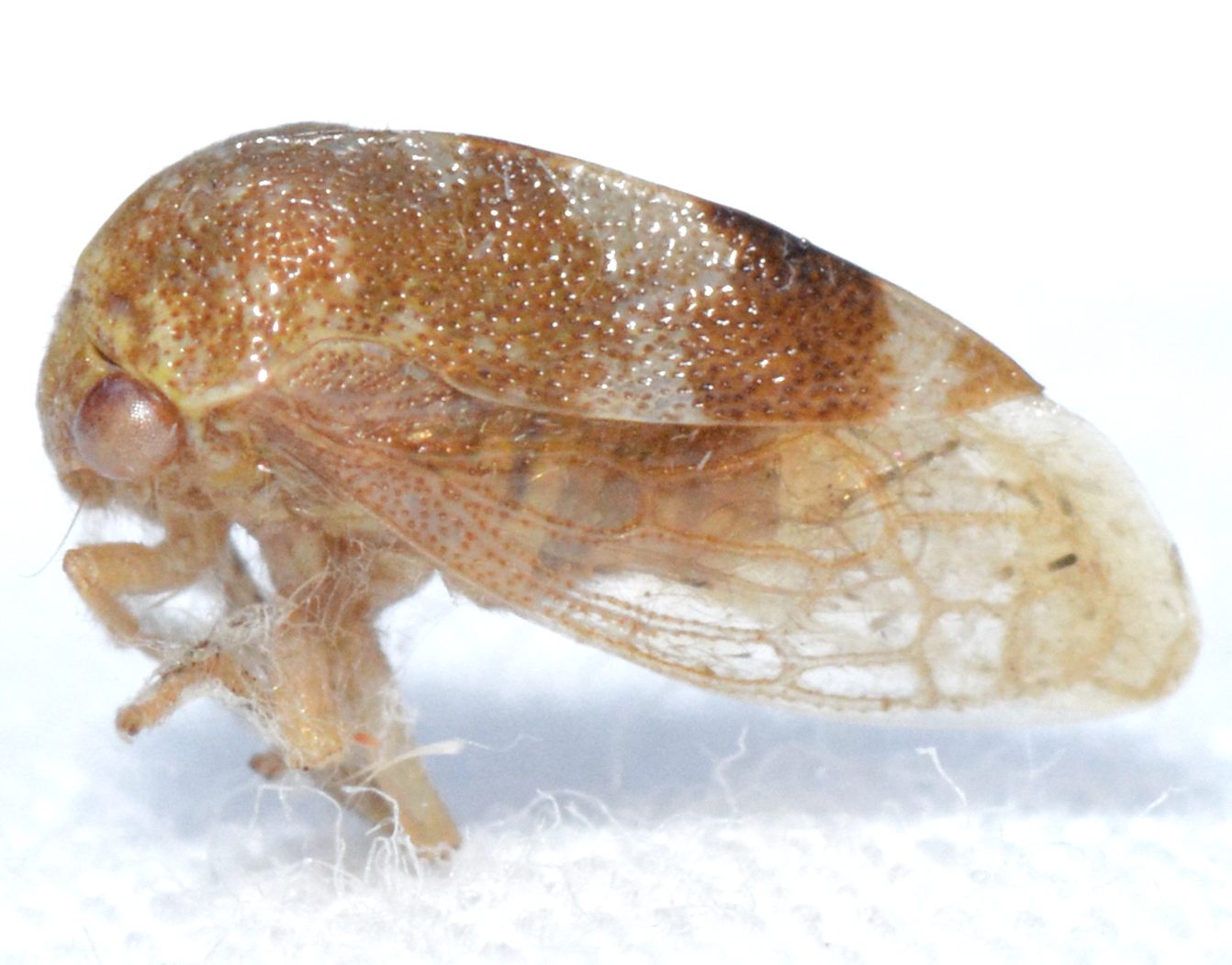Species Photo Gallery for Cyrtolobus maculifrontis No Common Name 26 |
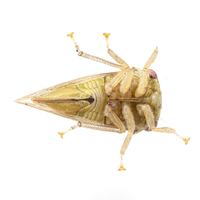 | Photo by: Solomon Hendrix
Wake Co.
Comment: | 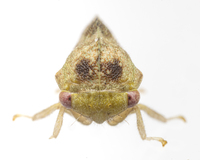 | Photo by: Solomon Hendrix
Wake Co.
Comment: |
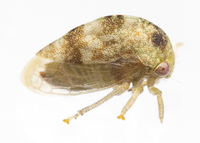 | Photo by: Solomon Hendrix
Wake Co.
Comment: | 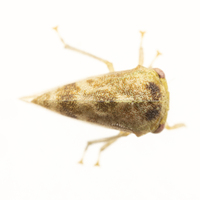 | Photo by: Solomon Hendrix
Wake Co.
Comment: |
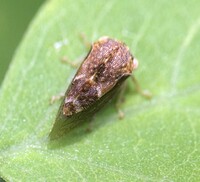 | Photo by: Ted Wilcox
Watauga Co.
Comment: unid_treehopper |  | Photo by: Ted Wilcox
Watauga Co.
Comment: unid_treehopper |
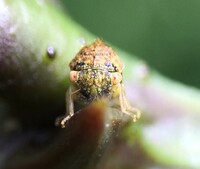 | Photo by: Ted Wilcox
Watauga Co.
Comment: unid_treehopper |  | Photo by: Scott Bolick
Alleghany Co.
Comment: |
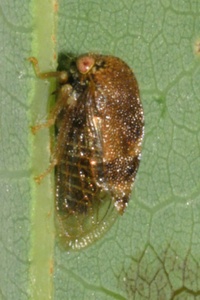 | Photo by: Scott Bolick
Alleghany Co.
Comment: | 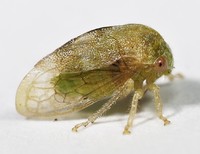 | Photo by: Rob Van Epps
Mecklenburg Co.
Comment: Came to UV light. Suburban yard near woods. |
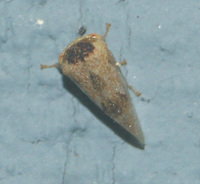 | Photo by: Vin Stanton
Buncombe Co.
Comment: semi-wooded residential neighborhood | 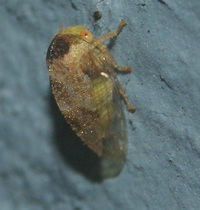 | Photo by: Vin Stanton
Buncombe Co.
Comment: semi-wooded residential neighborhood |
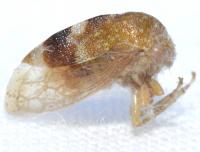 | Photo by: Kyle Kittelberger
Gates Co.
Comment: collected by B. Bockhahn; males | 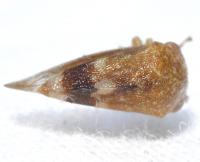 | Photo by: Kyle Kittelberger
Gates Co.
Comment: collected by B. Bockhahn; males |
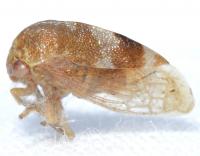 | Photo by: Kyle Kittelberger
Gates Co.
Comment: collected by B. Bockhahn; males | 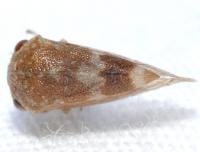 | Photo by: Kyle Kittelberger
Gates Co.
Comment: collected by B. Bockhahn; males |
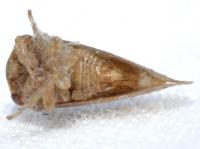 | Photo by: Kyle Kittelberger
Gates Co.
Comment: collected by B. Bockhahn; males |  | Photo by: Kyle Kittelberger, Paul Scharf, Brian Bockhahn
Rockingham Co.
Comment: attracted at night with a light; female |
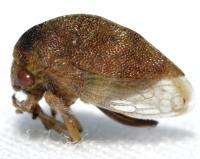 | Photo by: Kyle Kittelberger, Paul Scharf, Brian Bockhahn
Rockingham Co.
Comment: attracted at night with a light; female | 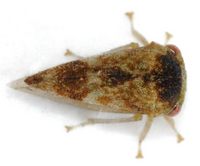 | Photo by: Kyle Kittelberger, Brian Bockhahn, Paul Scharf
Surry Co.
Comment: grassy, brushy habitat near forest edge & forest; female |
 | Photo by: Kyle Kittelberger, Brian Bockhahn, Paul Scharf
Surry Co.
Comment: grassy, brushy habitat near forest edge & forest; female |  | Photo by: Paul Scharf
Warren Co.
Comment: Attracted to UV Light |
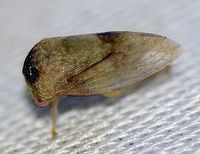 | Photo by: Paul Scharf
Warren Co.
Comment: Attracted to UV Light | 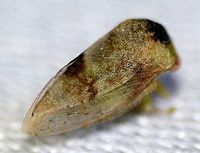 | Photo by: Paul Scharf
Warren Co.
Comment: Attracted to UV Light |
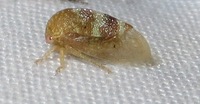 | Photo by: B. Bockhahn
Gates Co.
Comment: | 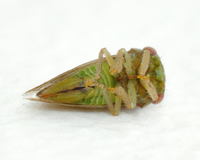 | Photo by: Kyle Kittelberger, Brian Bockhahn, Paul Scharf
Surry Co.
Comment: grassy, brushy habitat near forest edge & forest; female |
|

 »
»


